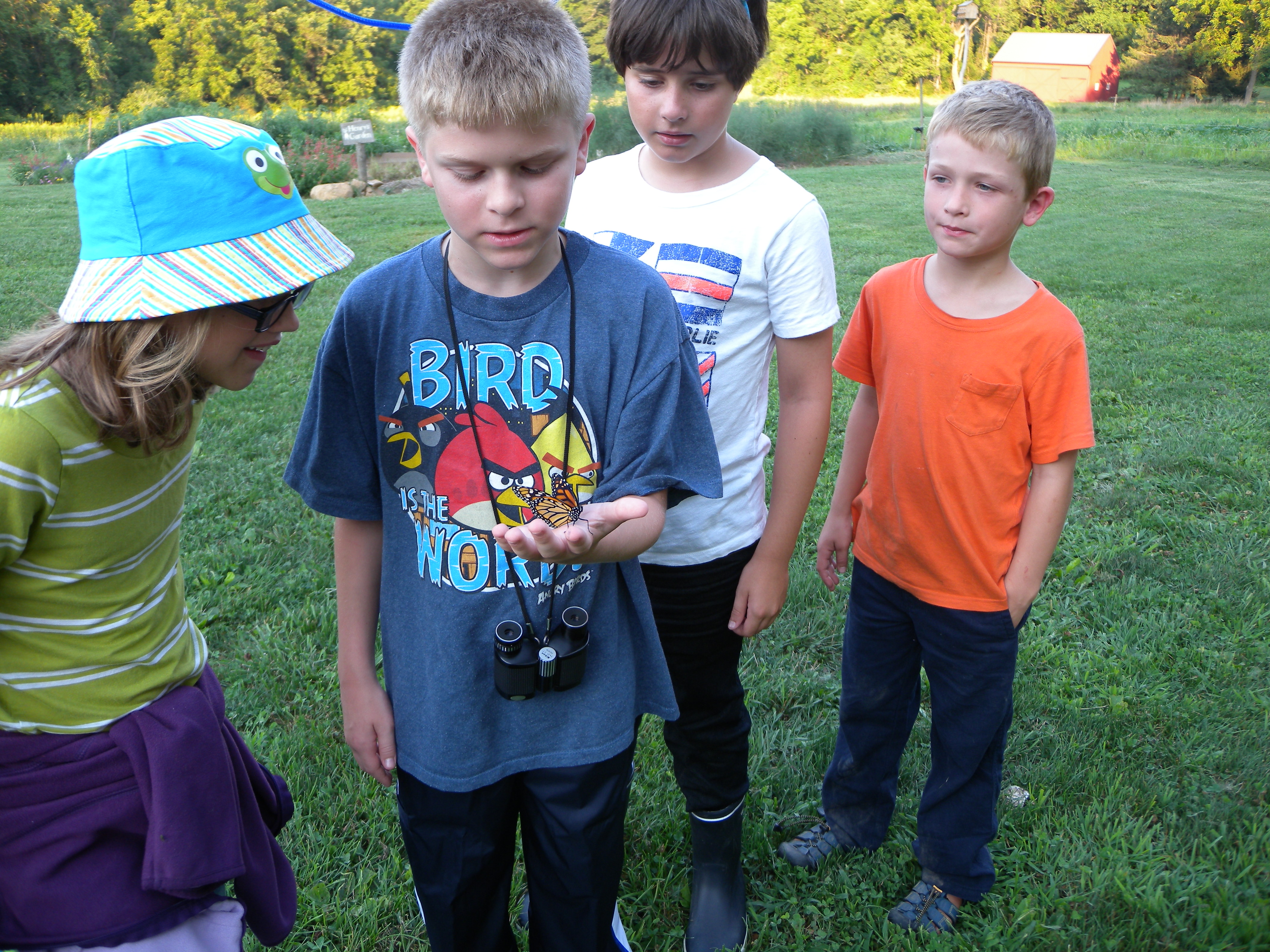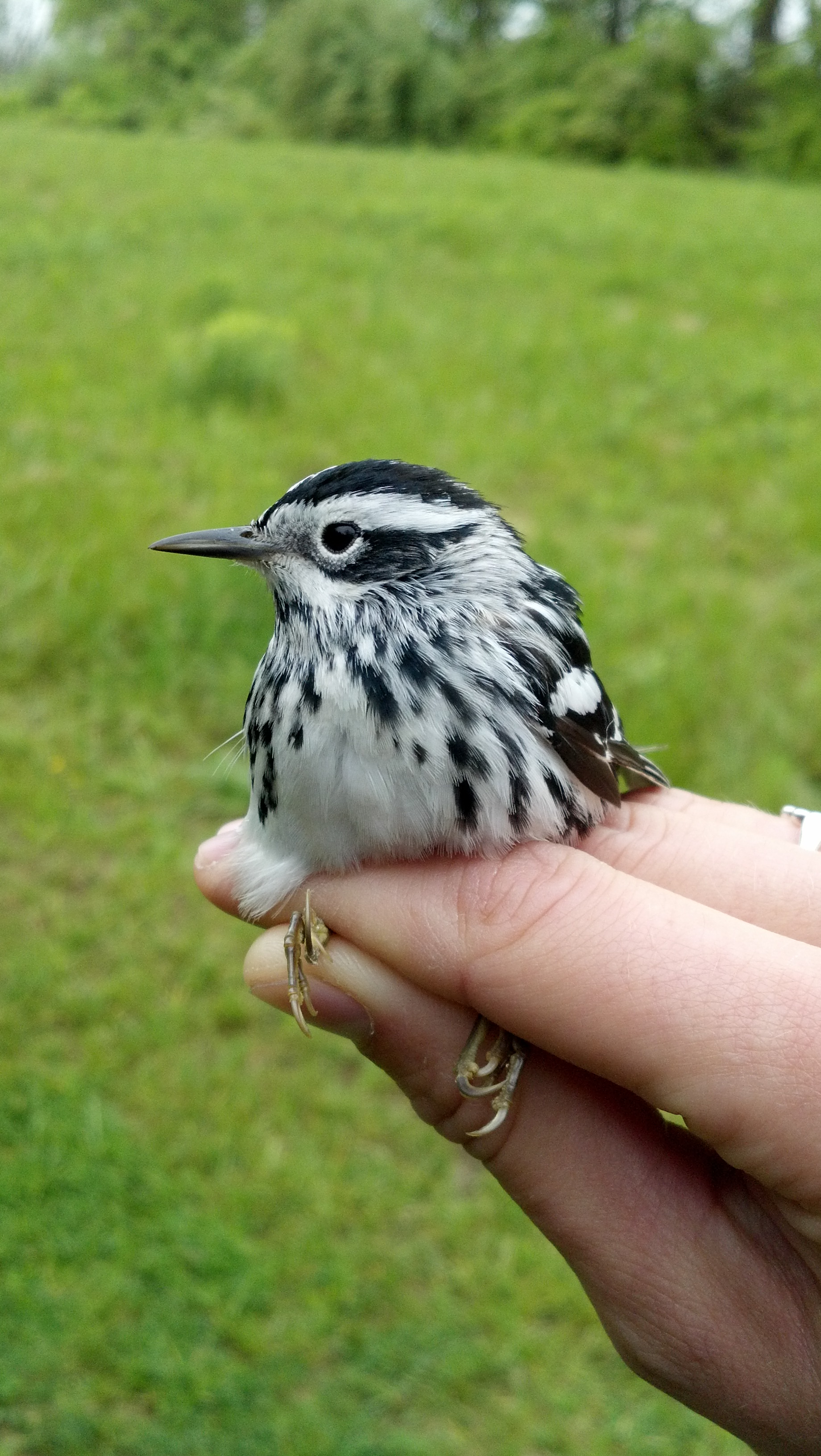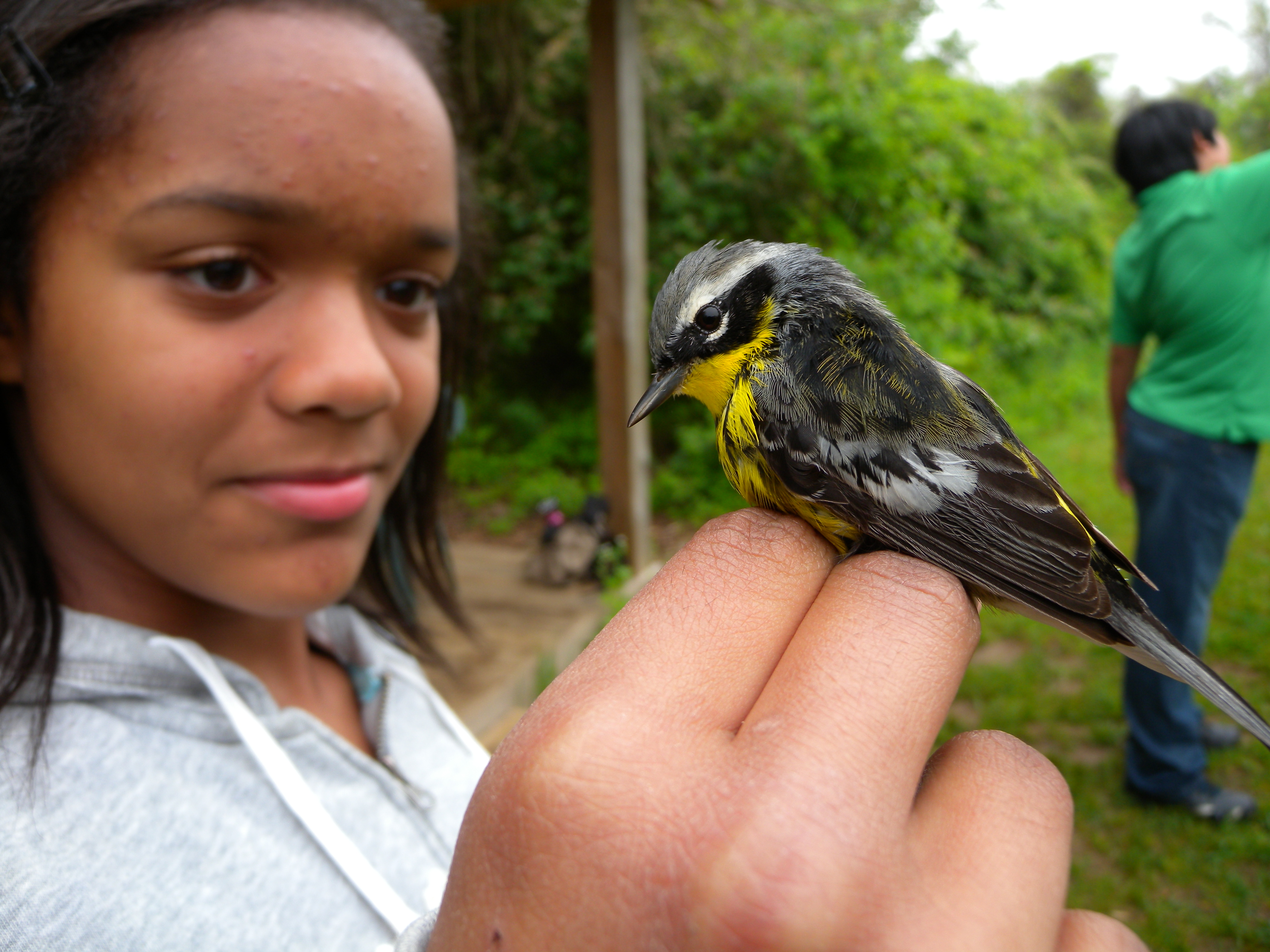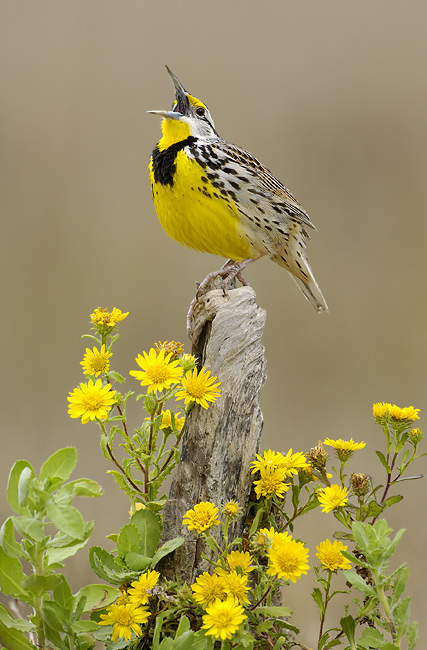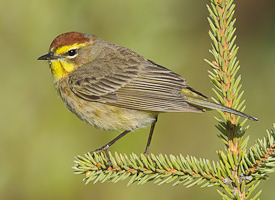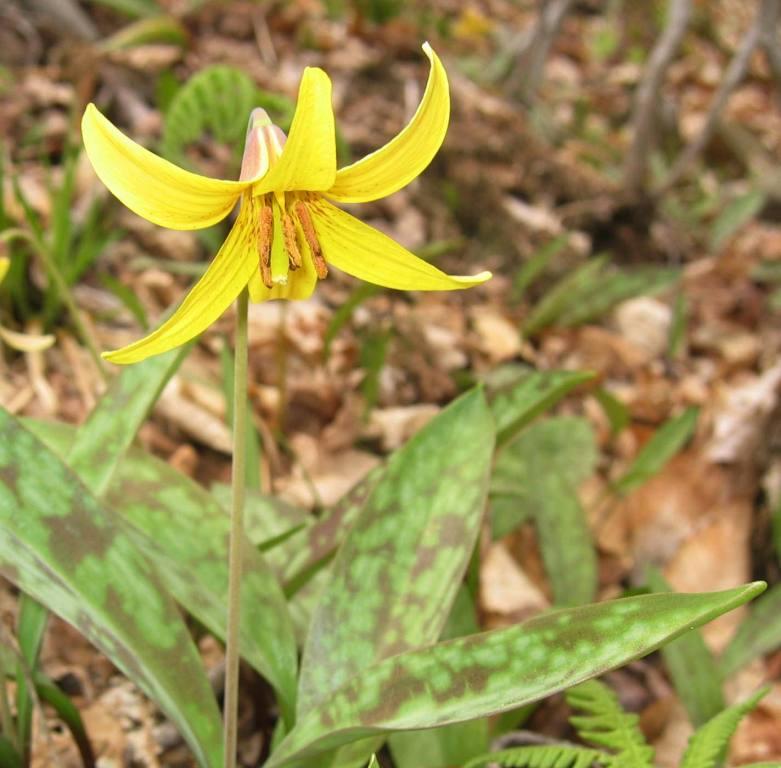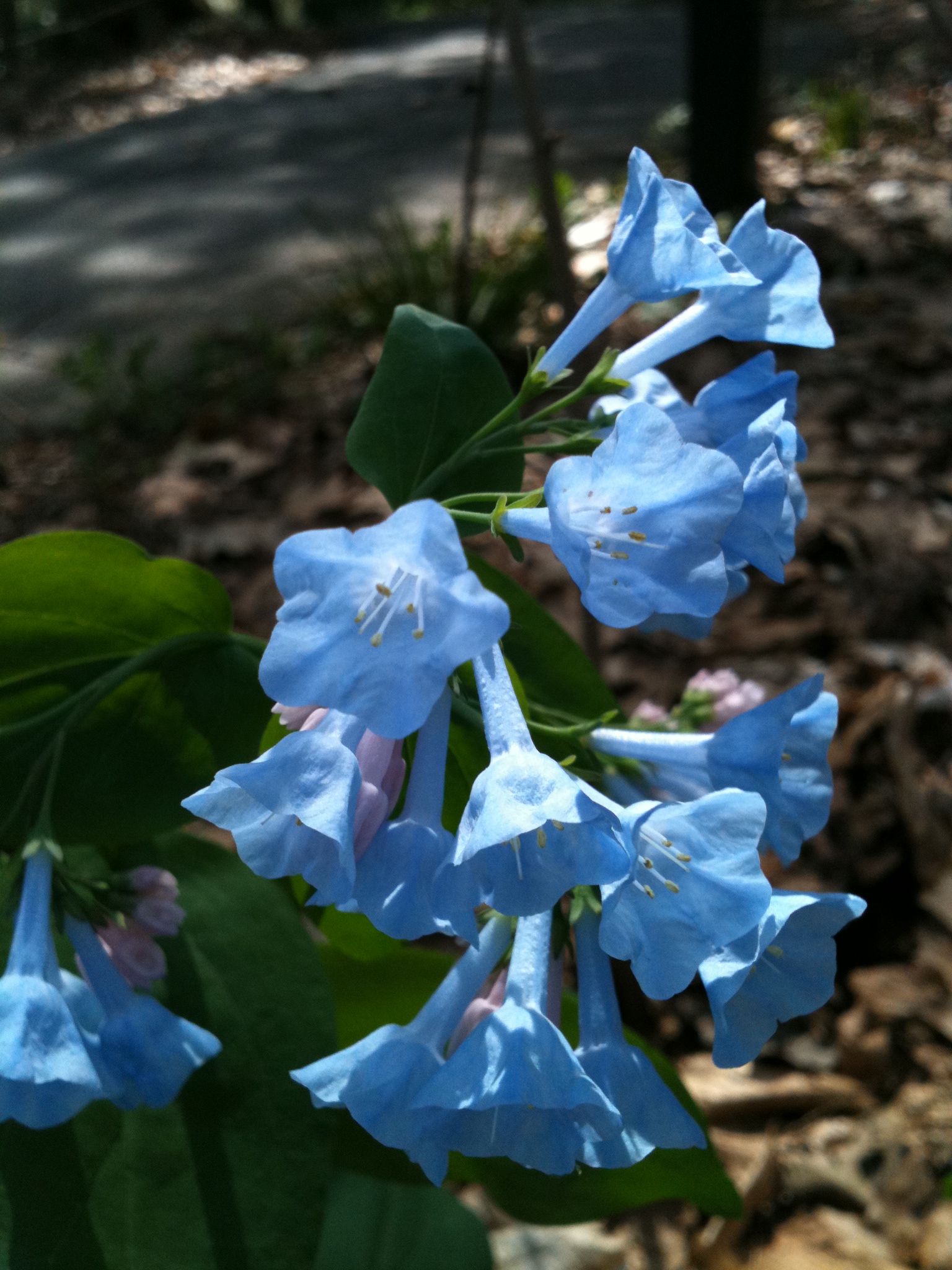“Winter is a season of recovery and preparation.” – Paul Theroux
Join us for an extended day of yoga and meditation at the Rushton Conservation Center. Kristin Page and Rachael Hunter, renowned Yoga Instructors and dear friends of Willistown Conservation Trust, will lead us through morning and afternoon yoga practices, balanced by a chilly and mindful walk in the Rushton Woods Preserve and a farm-to-table lunch with treats and teas.
This retreat is suitable for all levels.
• Please wear comfortable clothes for practice
• Bring a yoga mat, any props (blocks or straps) you like to use, and a blanket
• Bring a water bottle (filtered well water available)
• Our walking meditation will be rain or shine, so please pack accordingly
KRISTIN PAGE | Kristin brings years of teaching yoga and meditation to students and teachers. She is an experienced International Retreat leader and loves the magic of travel and discovery, through the lens of yoga and meditation. For more on Kristin, please visit: kristinpageyoga.com
RACHAEL HUNTER | Rachael has been teaching yoga in the Philadelphia area for close to 10 years. Combining her passion for exploring magical lands with a deep love of yoga, she has been leading international retreats with Kristin since 2016. To learn more about Rachael visit: rachaelhunteryoga.com















